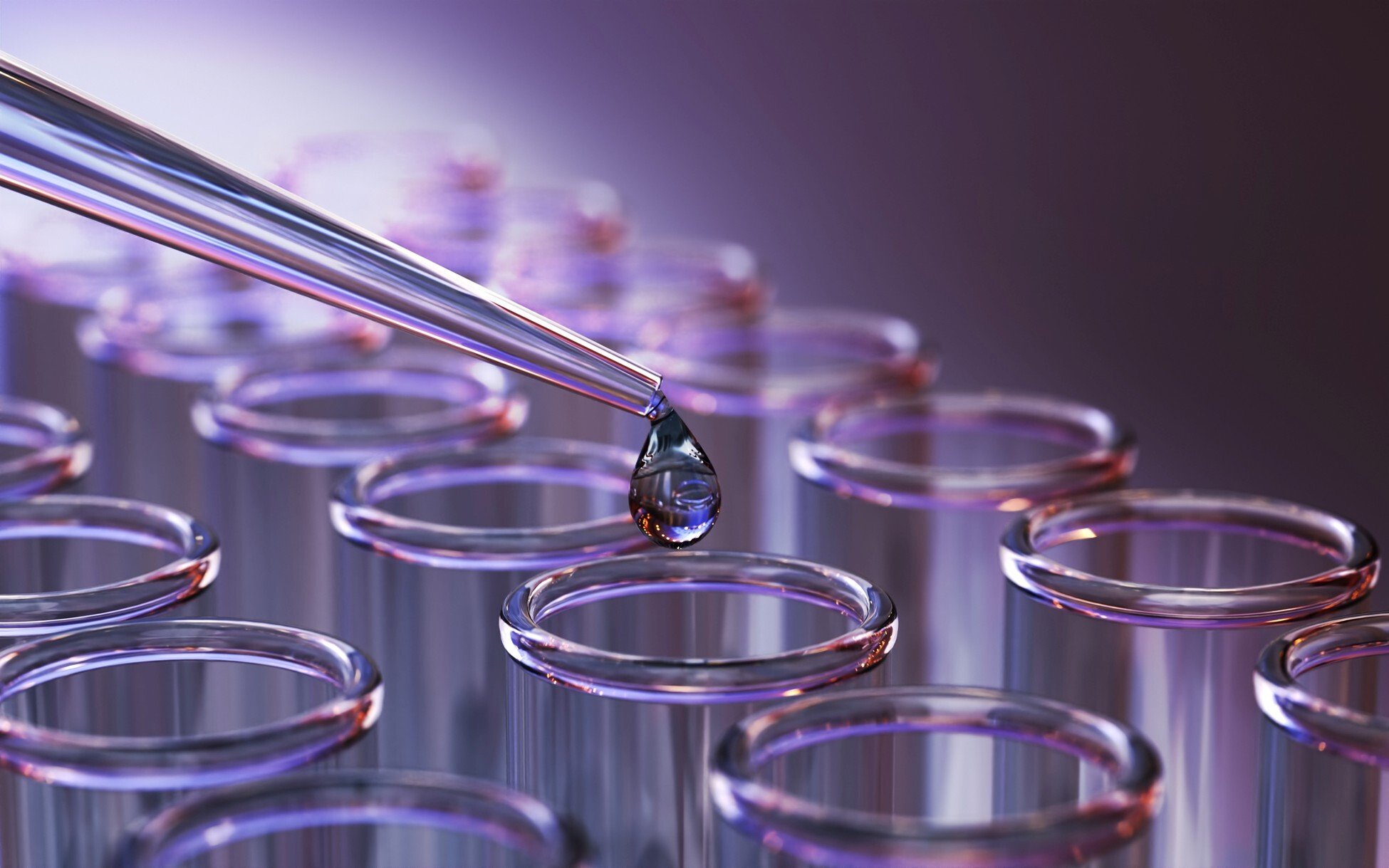SDGs and Beyond – Paving the Path for a More Sustainable Tomorrow
As the definition of sustainability continues to evolve, we strive to understand how we can continue making a positive impact, individually and collectively, as a healthcare packaging industry. Through identification of best practices and clearly defined Sustainable Development Goals (SDGs), organizations can make conscious decisions that support the goal for a healthier environment and economic viability.
In October 2023, members of the Oliver Healthcare Packaging team had the opportunity to learn more about the SDGs during a visit to the United Nations (U.N.) in New York City, NY. In addition to a guided tour of the headquarters, they had the opportunity to meet with economic affairs officers as well as environmental and communications specialists including Dr. Souad Fennouh, PhD in environmental engineering and biotechnology, currently working for the United Nations in Visitors Services. During their visit they were able to learn more about the 17 goals within the SDG framework and discuss those closely connected to the healthcare packaging industry.
.png)
.png)
.png)
What are Sustainable Development Goals?
The SDGs are a collection of 17 interlinked global goals that were developed to be a “blueprint” to achieve a more sustainable future for all by 2030. Simply put, the Sustainable Development Goals are a “roadmap for the world and our future” stated Dr. Souad Fennouh. A future where we will continue to pull the entire world in a direction where all people have better lives.
These goals were set in 2015 by the United Nations General Assembly, including representatives from several countries, known as member states. The SDGs were created as a follow up to the Millennium Development Goals, or MDGs, that were established in 2000. The MDGs consisted of 8 goals that focused on combating poverty and hunger, providing universal primary education, and promoting gender equality.
.png)
.png)
To determine what the SDGs should include, the representatives gathered information and engaged in discussion with global communities. Once decided, the goals were made part of the 2030 Agenda for Sustainable Development. Today’s goals span a wide range of social, economic, and environmental development challenges that are encountered globally. However, with 2030 quickly approaching and many goals incomplete, this sets the stage for a new goal framework to be developed.
Why are Goals Unmet?
When it comes to the SDGs, crises and stagnation are a vicious cycle that drives goals to be incomplete.
According to Dr. Fennouh, advancement was made pre-pandemic towards achieving the SDGs. However, the pandemic greatly impacted the goals progress. The challenges brought forth by COVID-19 caused the world to move backwards, leaving many countries rethinking their path forward to reach the goals by 2030.
Additionally, the goals are interconnected, and in many cases, the success of one goal will involve tackling issues closely associated with another. Some of the factors that may drive unmet goals include insufficient funding, governance issues, economic challenges, social and cultural hurdles, and global cooperation. However, with awareness of the factors impacting SDG achievement, we can be mindful and use a multifaced approach to engage governments, corporations, civil society, academia, and individuals and continue moving forward.
What Happens in 2030?
Just as the framework for a new set of goals was established in 2015, most likely, the same will happen as we approach 2030. Like previous assemblies, the unachieved goals may be incorporated into the new set of goals that span beyond the 2030 Agenda for Sustainable Development. One question we all have is...Will they focus on similar issues or shift based on the demands of our ever-changing world?
In the future, one thing is certain—there will be a continuation of these goals that the U.N. is working to establish, because they are always striving to reach something better. Setting the bar high is ambitious, but important. Important because we must have a world for the next generation; a world where today’s youth have already joined the movement as agents of change.
Today, we can all be agents of change as we continue moving the world towards SDG achievement and a more sustainable tomorrow. As we move forward, we can think of the SDGs as a roadmap that can be used to adapt our daily life so we can do our part.
With a mission to protect the planet and a goal for all people to enjoy peace and prosperity, the U.N. and its member states will continue to prioritize progress. Partnership, however, continues to be most important with governments, private sectors, and individuals alike playing an integral role to move the SDGs and the world forward.


.webp)
